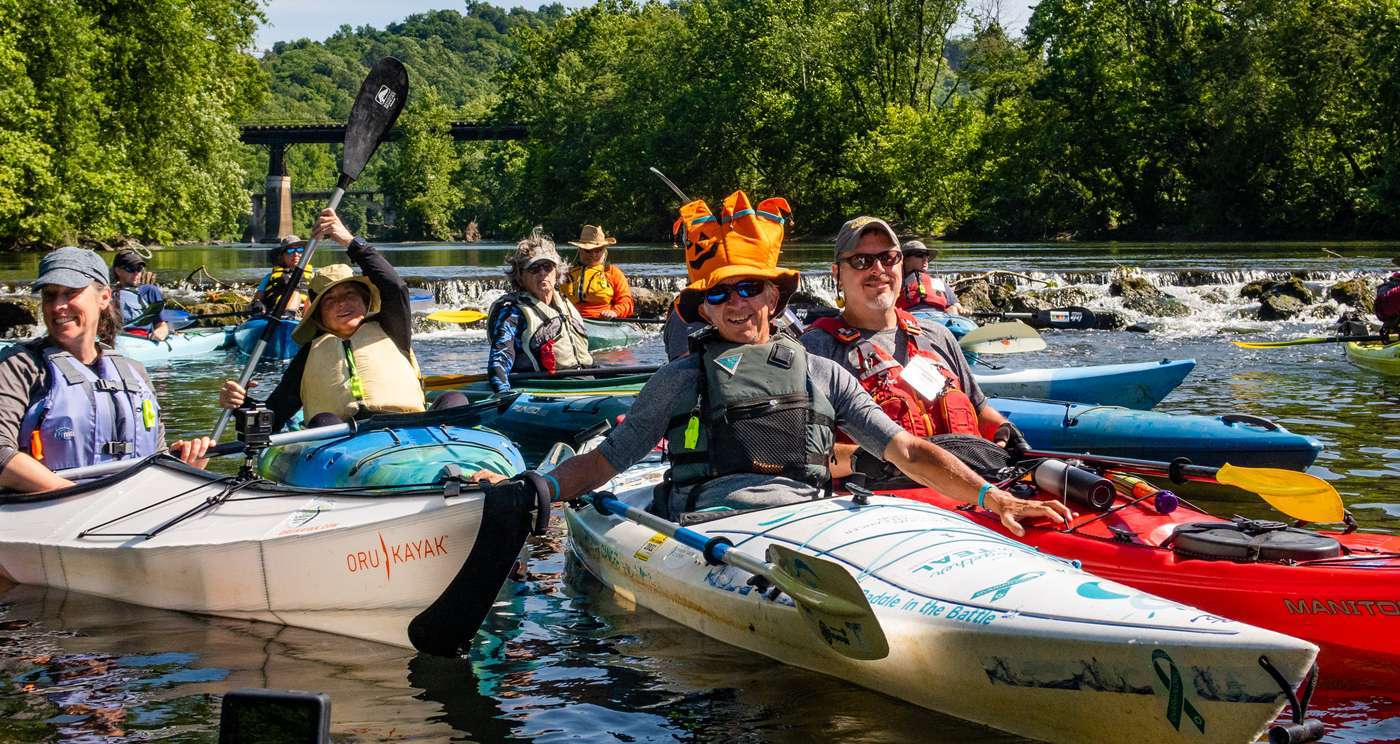Choosing the right paddle is important to make sure that you can kayak as long and as far as you want. You will need a paddle for every type of kayaking, so it’s important to know what features are needed before making the final call. This blog post discusses how to choose the right size paddle for kayaking!
Difference Between A Kayak Paddle And A Canoe Paddle
A kayak paddle is shorter than other paddles (like a canoe paddle), which allows for more maneuverability. A canoe paddle has longer blades that make it easier to propel the boat forward, while also providing stability when you want to move sideways in your canoe.
The main difference between a kayak paddle and canoe paddle is that the width of the blade on kayak paddles are wider, meaning they can push through water more easily. The blades also have a longer surface area which provides greater control over your kayak’s direction because it creates less drag in comparison to narrower or smaller blades.
Kayakers get tired much faster than other types of boaters due to their need for efficiency in all parts of their stroke. This means using different techniques such as bracing against one arm while pulling with the other, coxing (pulling backwards), and proper body positioning throughout each movement. This is the reason why all kayakers want to get their hands on the best kayak paddles out there. They don’t want to exhaust all their energy while paddling because that would defeat the very purpose of kayaking. Kayaking should be a fun activity and not an exhausting journey.
Measure Your Height for the Right Size of Paddle
You need to measure your height to get the right size of paddle because different lengths are for different heights. You’ll need a measuring tape and something like an old broomstick or ruler that you can hold up vertically against your body. The taller you are, the longer the paddle has to be.
| Kayak Width | UNDER 23″ | 23″ TO 27.75″ | 28″ TO 32″ | OVER 32″ | |
| Paddler Height | |||||
| UNDER 5′ TALL | 200 cm | 210 cm | 220 cm | 230 cm | |
| 5′ TO 5’6″ TALL | 210 cm | 220 cm | 230 cm | 240 cm | |
| 5’7″ TO 6′ TALL | 220 cm | 220 cm | 230 cm | 240 cm | |
| OVER 6′ TALL | 220 cm | 230 cm | 240 cm | 250 cm |
Next step is to check the width of the kayak.
- Performance kayak Width – 19 inches to 22 inches
- Recreational Kayak Width – 26 inches to 30 inches
- Touring Kayak width – 22 inches to 25 inches
- Whitewater kayak width – 19 inches to 22 inches
Now is the time to check the below chart and make the right decision
The Three Types of Paddles
Kayak paddles are made with three different types of shafts: straight, bent shaft, and double blade. The type of paddle you need will depend on the kayak you are using. A kayaker who is a beginner might be more comfortable learning to use a straight-shaft paddle first because it’s easier to maneuver in tight spaces like rivers or narrow lakes.
A kayaker who has been paddling for some time may prefer either a bent-shaft or double-blade paddle depending on their individual needs
Straight Paddle (less expensive)
This paddle is just that–straight up and down from end to end so beginners can learn how to navigate tighter areas easily without having too much trouble getting around obstacles.
Advantages of Straight Paddle are that they are very balanced, which makes them easier to control. The paddle is also more compact and light weight so it’s easy to store on your kayak when not in use.
Disadvantages of Straight Paddle are that if you’re using a blade with an angle towards the shaft, chances are that water will catch onto this edge.
Bent Paddles
Bent paddles are usually long and straight with a curved upper shaft. If you are feeling confident, this could be the paddle for you because it allows more power to be applied in your strokes.
Advantages of bent paddles are that they are lighter and don’t require much more effort to use. They also have a higher surface area which means that you can paddle faster with them, as well as they’re easier on your wrists when taking the pressure off of one side while paddling for long periods of time.
Disadvantages of Bent Paddles is that it they are more difficult to control, especially in windy conditions.
Double Blade Paddles
Double blade paddles are best for kayakers who have specific needs such as larger paddles or those with some disabilities.
It’s important to know the basic terminology of paddle types before you make a purchase so that you can be sure that your new paddle will suit the type of kayaking you are doing most often.
Advantages of double blade paddles are that they are the most popular type of kayak paddle and offer more power than a single blade paddle. They’re also lightweight, very comfortable to use with less stress on your joints and easy to store when not in use.
Disadvantages of Double Blade Paddles is that they don’t provide as much stability so you may experience some turbulence while paddling.
Last modified: January 2, 2023


